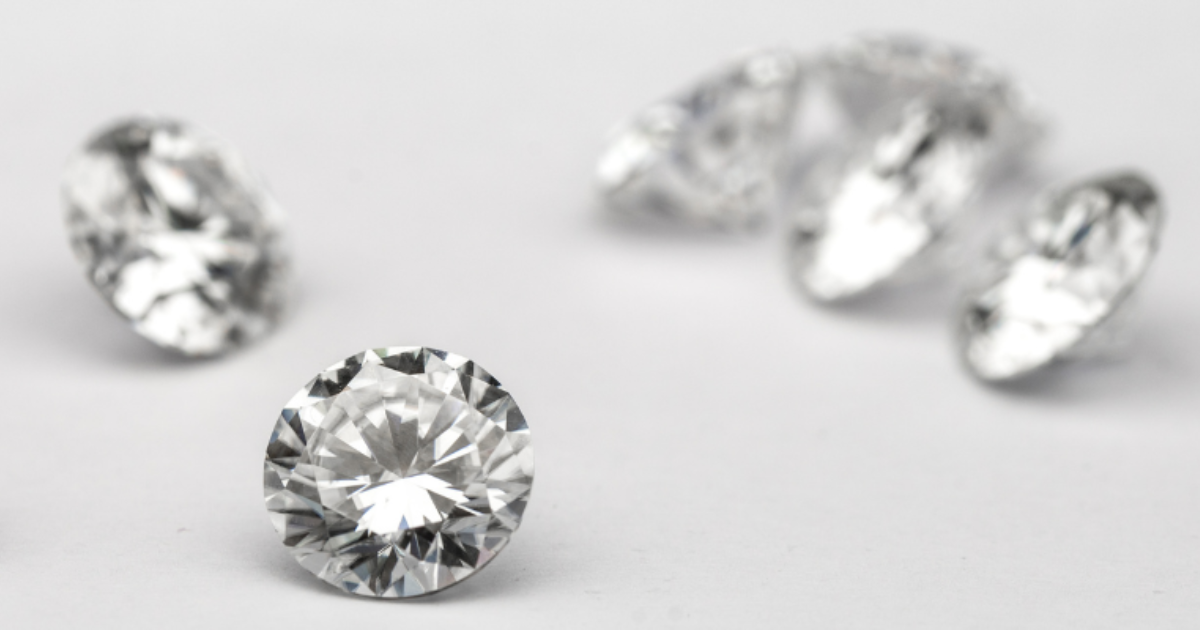Loan Against Gold: Unlocking the Value of Your Precious Assets
In today’s unpredictable financial landscape, many individuals find themselves in need of quick access to funds. Whether it’s for emergency expenses, business ventures, or personal investments, having a reliable source of liquidity can make all the difference. One avenue that has gained popularity in recent years is loan against gold.
1. Introduction to Loan Against Gold
1.1 What is a Loan Against Gold?
A loan against gold, also known as a gold loan, is a secured loan where borrowers pledge their gold jewelry, coins, or bars as collateral to obtain funds from a lender. This form of financing provides a convenient way for individuals to leverage the value of their gold assets without having to sell them.
1.2 How Does a Loan Against Gold Work?
When applying for a loan against gold, the borrower presents their gold items to the lender, who assesses their value based on factors such as purity, weight, and current market rates. Upon agreement on the loan amount and terms, the borrower receives the funds and retains ownership of the gold. The lender holds the gold as security until the loan is repaid in full, including any accrued interest.
2. Benefits of Loan Against Gold
2.1 Quick and Easy Access to Funds
Unlike traditional loans that may involve lengthy approval processes and credit checks, a loan against gold offers rapid access to funds. Since the gold serves as collateral, lenders are often more willing to extend credit, making it an attractive option for those in urgent need of cash.
2.2 No Credit Check Required
One of the significant advantages of a loan against gold is that it does not typically require a credit check. This means that individuals with poor credit scores or limited credit history can still qualify for financing based solely on the value of their gold assets.
2.3 Lower Interest Rates
Compared to unsecured loans or credit cards, which often carry high-interest rates, loan against gold typically comes with lower interest rates. The collateral reduces the lender’s risk, allowing them to offer more favorable terms to borrowers.
2.4 Flexible Repayment Options
Lenders usually provide flexible repayment options for gold loans, allowing borrowers to choose a repayment schedule that aligns with their financial capabilities. Whether it’s monthly installments or a lump-sum payment at the end of the loan term, borrowers have the freedom to tailor the repayment plan to their needs.
3. Eligibility Criteria for Loan Against Gold
3.1 Ownership of Gold
To qualify for a loan against gold, individuals must be the rightful owners of the gold items they wish to pledge as collateral. This ensures that the lender has a legal claim to the assets in the event of default.
3.2 Gold Purity
The purity of the gold is a crucial factor in determining its value as collateral. Lenders typically prefer gold items with higher purity levels, such as 24 karats, as they command higher market prices.
3.3 Minimum and Maximum Loan Amounts
Lenders impose minimum and maximum loan amounts based on the value of the pledged gold. While borrowers can typically obtain loans ranging from a few thousand to several lakhs, the exact amount depends on the lender’s policies and the value of the gold.
3.4 Documentation Required
While the documentation requirements may vary from lender to lender, borrowers typically need to provide proof of identity, address, and ownership of the gold items. Additionally, lenders may require appraisal certificates or receipts to verify the value and purity of the gold.
4. Risks and Considerations
4.1 Risk of Losing Your Gold
One of the primary risks of taking out a loan against gold is the potential loss of the pledged assets in the event of default. If borrowers fail to repay the loan according to the agreed-upon terms, lenders have the right to liquidate the gold to recover their funds.
4.2 Fluctuating Gold Prices
The value of gold is subject to market fluctuations, which can affect the loan-to-value ratio and the amount of funds borrowers can obtain. While rising gold prices may increase the value of the collateral, falling prices could lead to higher loan-to-value ratios or margin calls.
4.3 Interest Rates and Fees
While gold loans generally have lower interest rates compared to other forms of financing, borrowers should be aware of additional fees and charges that may apply. These can include processing fees, valuation charges, and late payment penalties, gold buyers Melbourne, which can add to the overall cost of the loan.
4.4 Impact on Credit Score
While a loan against gold does not directly impact the borrower’s credit score since it is secured by collateral, defaulting on the loan can have long-term consequences. Lenders may report delinquent accounts to credit bureaus, leading to a negative impact on the borrower’s creditworthiness.
5. How to Apply for a Loan Against Gold
5.1 Research Lenders
Before applying for a loan against gold, it’s essential to research different lenders and compare their terms and conditions. Look for reputable institutions with transparent lending practices and favorable interest rates.
5.2 Prepare Your Gold
Gather all the gold items you intend to pledge as collateral and have them appraised by a certified gold assayer to determine their purity and value. Ensure that the gold is in good condition and free from any impurities that could affect its appraisal.
5.3 Submitting Your Application
Once you’ve selected a lender, complete the loan application form and submit it along with the required documentation, including proof of identity, address, and ownership of the gold. Some lenders may require additional documents, so be sure to provide all the necessary information to expedite the approval process.









